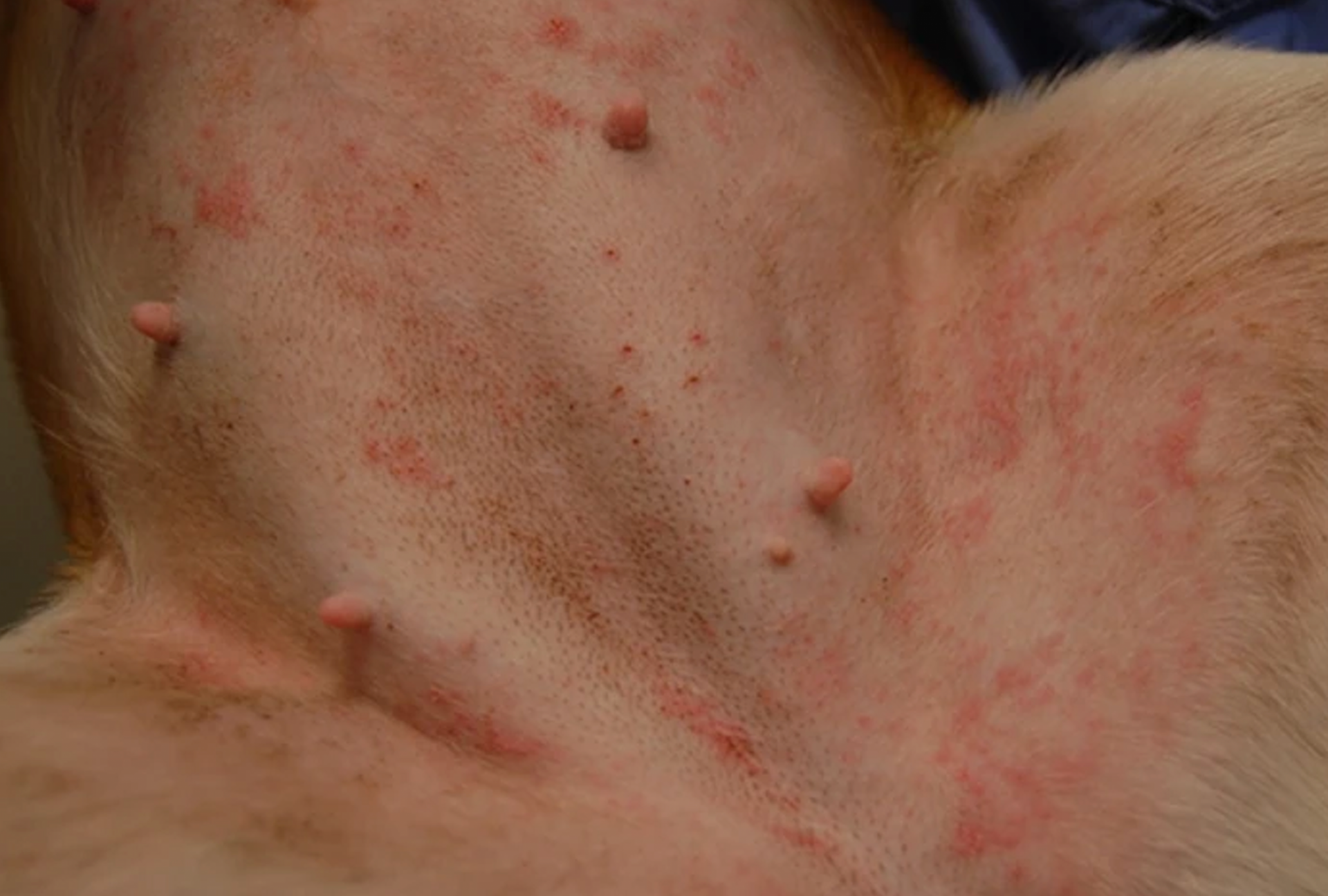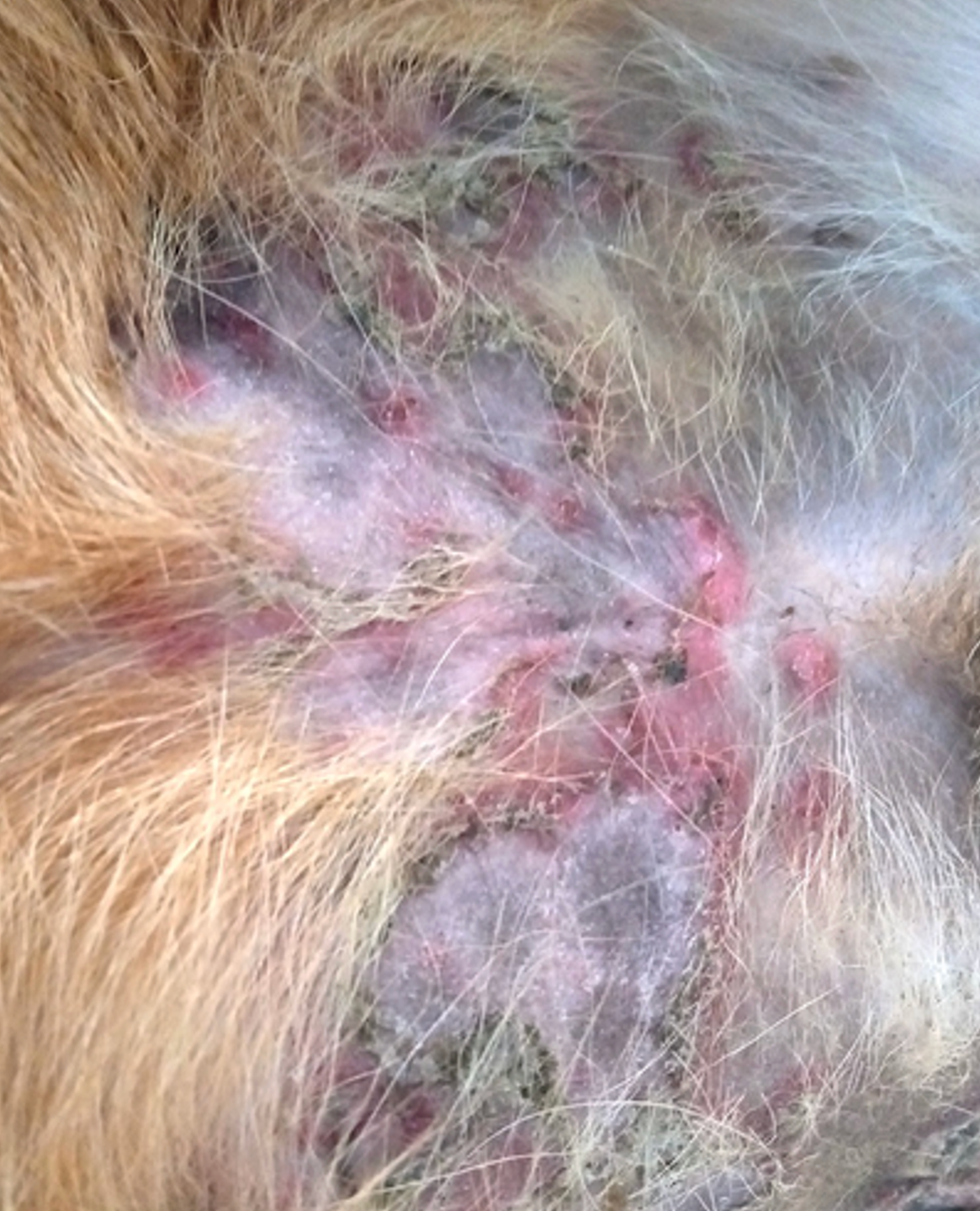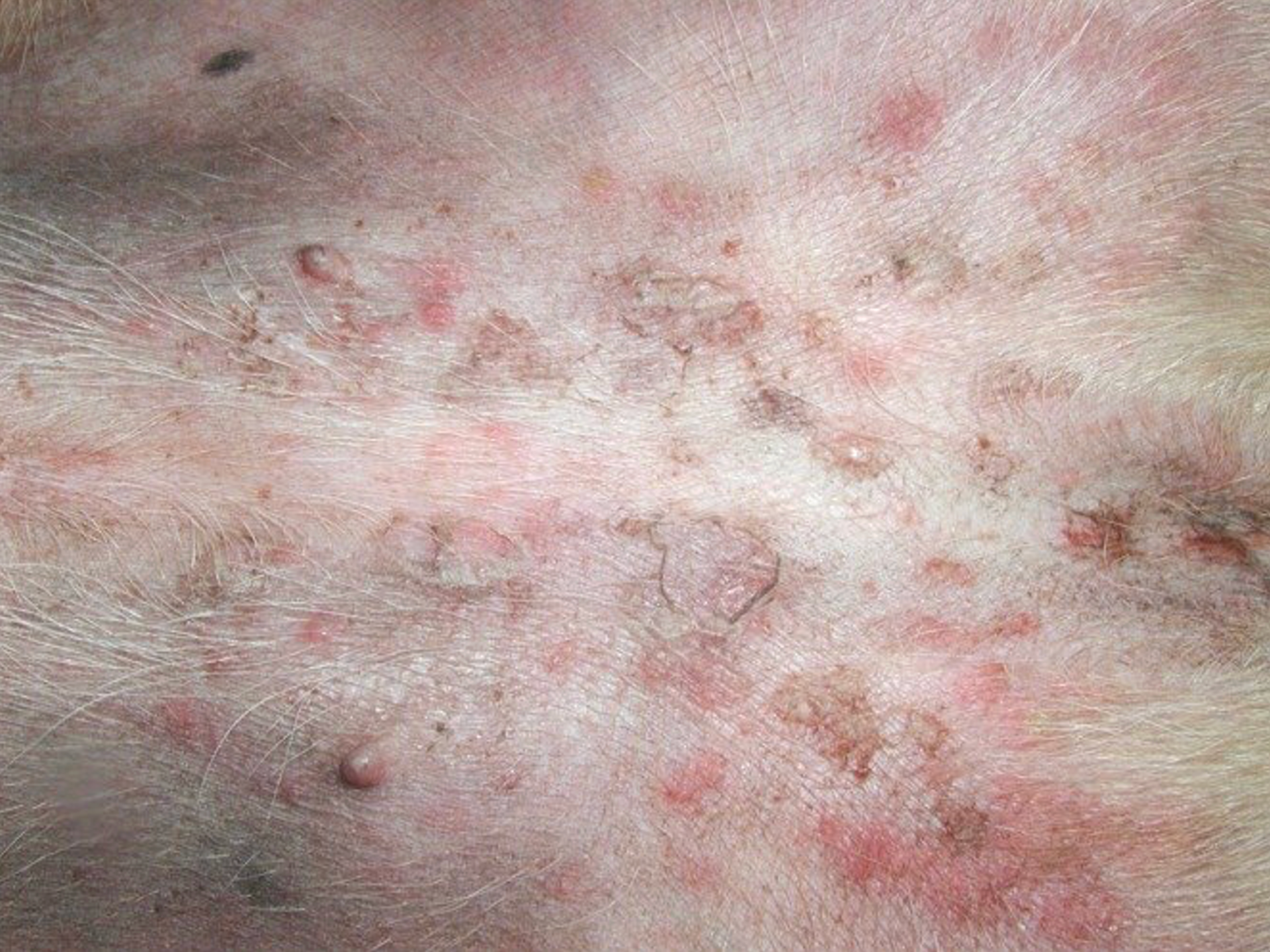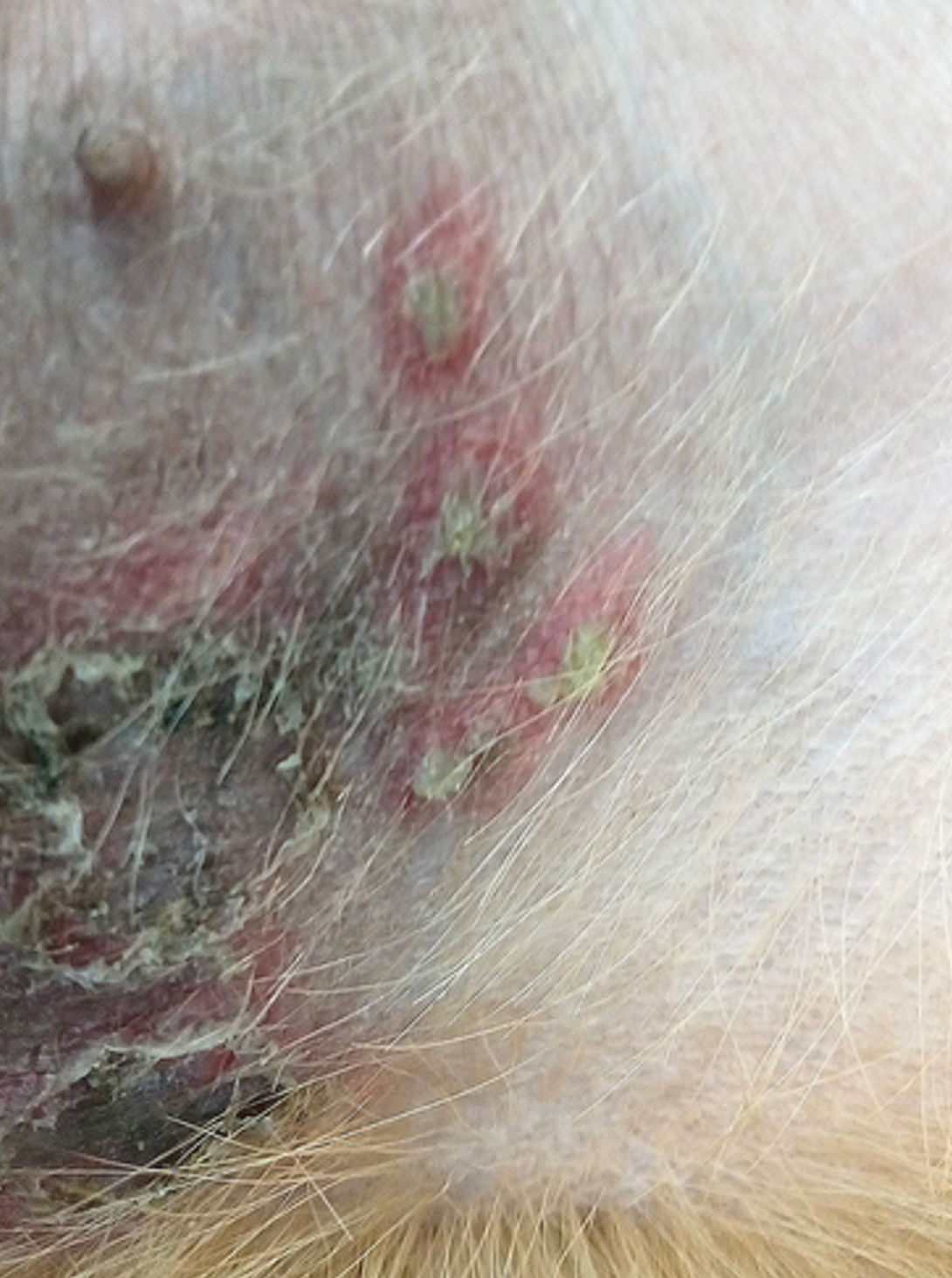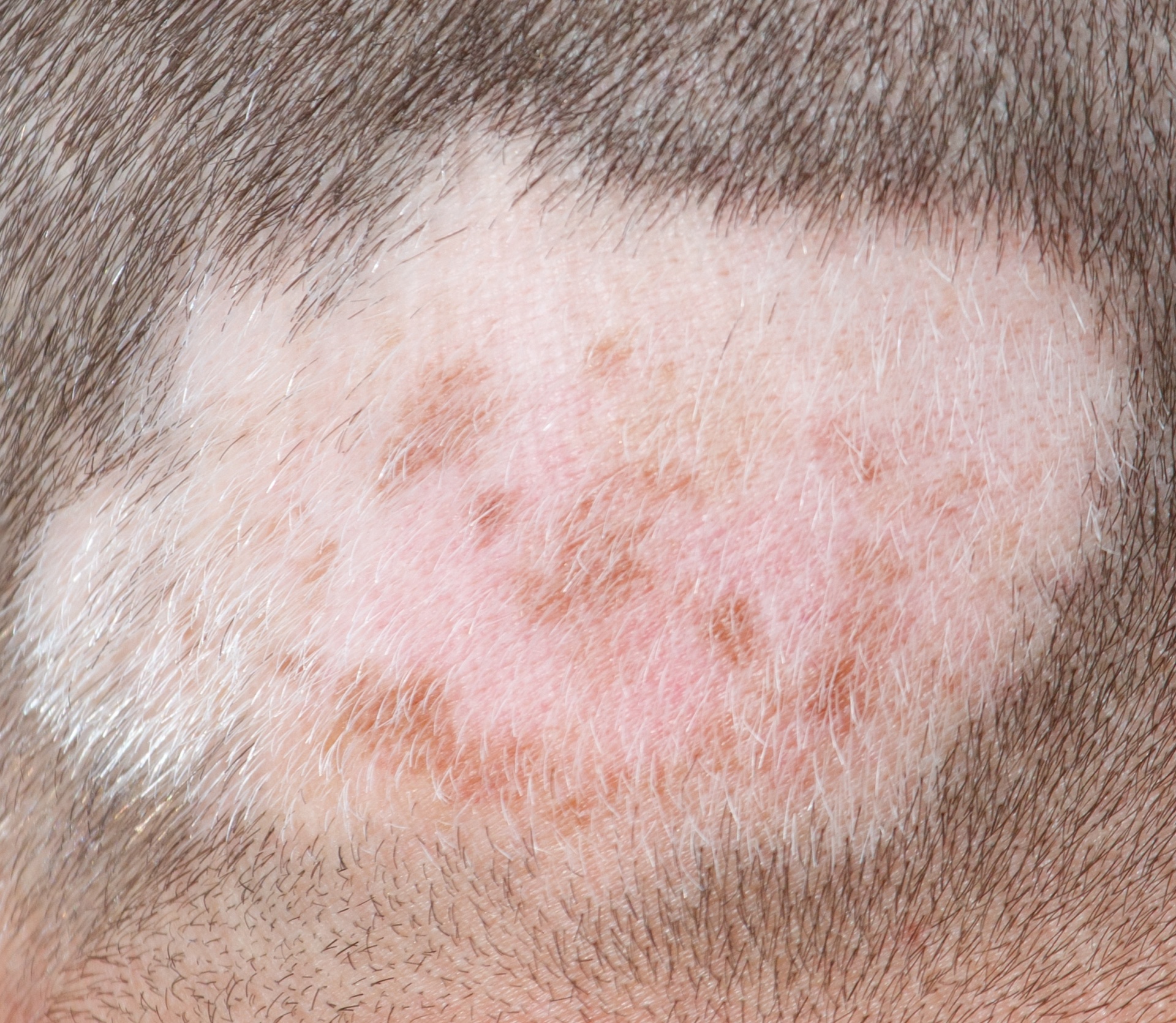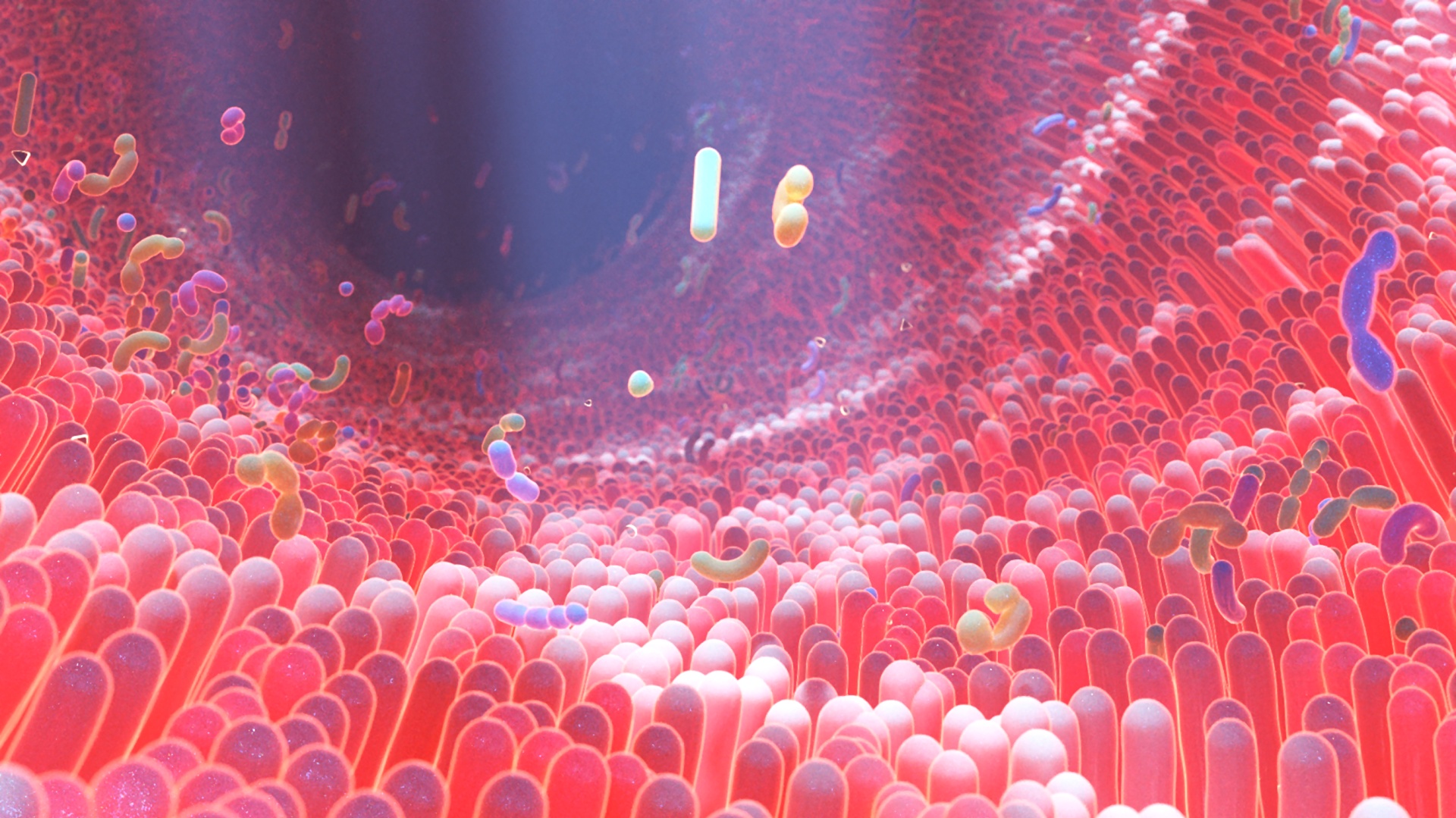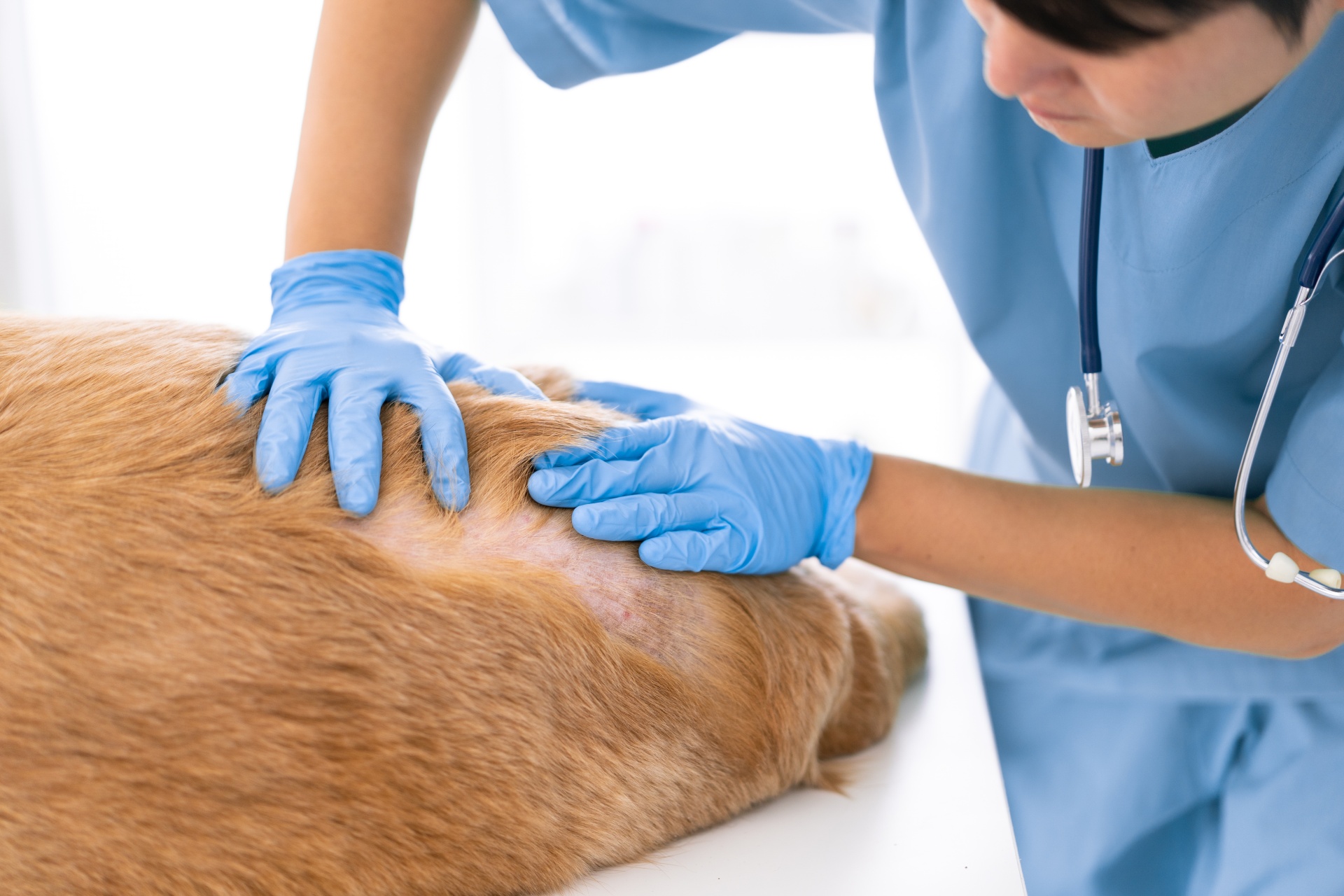The skin microbiome is a key component of pathogenesis in atopic dermatitis (AD). The skin of AD patients is characterized by microbial dysbiosis, with a reduction of microbial diversity and overrepresentation of pathogenic Staphylococcus aureus (S. aureus). Recent exciting studies have elucidated an importance of establishing an appropriate immune response to microbes in early life and uncovered the new mechanisms of microbial community dynamics in modulating our skin microbiome. Several microbes are associated with AD pathogenesis, with proposed pathogenic effects from S. aureus and Malassezia. The complex relationships between microbes within the skin microbiome consortia includes various species, such as Staphylococcal, Roseomonas and Cutibacterium strains, that can inhibit S. aureus and are potential probiotics for AD skin. Numerous microbes are now also reported to modulate host response via communication with keratinocytes, specialized immune cells and adipocytes to improve skin health and barrier function. This increased understanding of skin microbiota bioactives has led to new biotherapeutic approaches that target the skin surface microenvironment for AD treatment.

